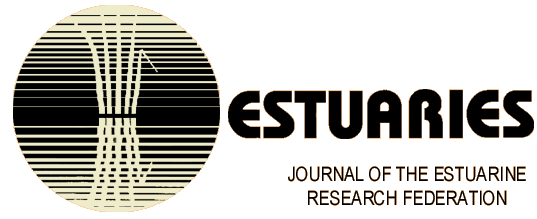
2004. ESTUARIES 27(1) In press.
Controls on Salt Marsh Accretion: A Test in Salt Marshes of Eastern
Canada
GAIL L. CHMURA AND GRACE A. HUNG
Abstract -- We use
137Cs-dating to determine vertical accretion rates of 15 salt marshes
on the Bay of Fundy, the Gulf of St. Lawrence, and the Atlantic coast of Nova
Scotia. Accretion rates are compared to a number of factors assumed to influence
vertical marsh accretion: rates of relative sea-level-rise, climatic parameters
(average daily temperatures and degree days) and latitude (related to insolation
and day length), sediment characteristics (organic matter inventory, bulk,
mineral, and organic matter density), distance of the core site from the nearest
source of tidal waters, and the tidal range. Unique to our study is a
consideration of climatic parameters and latitude, which should influence
organic matter production, thus vertical accretion rates. Significant predictors
of accretion rates (in order of importance) were found to be organic matter
inventory, distance from a creek and range of mean tides. Contrary to
conclusions from previous studies, we found that accretion rates decreased with
increasing tidal range, probably because we considered a wider span of tidal
ranges, from micro- to macrotidal. Although four marshes with low organic matter
inventories also show a deficit in accretion with respect to relative
sea-level-rise, organic matter is not limiting in two-thirds of the marshes
studied - despite shorter growing seasons.
© 2003.
Estuarine Research Federation.
